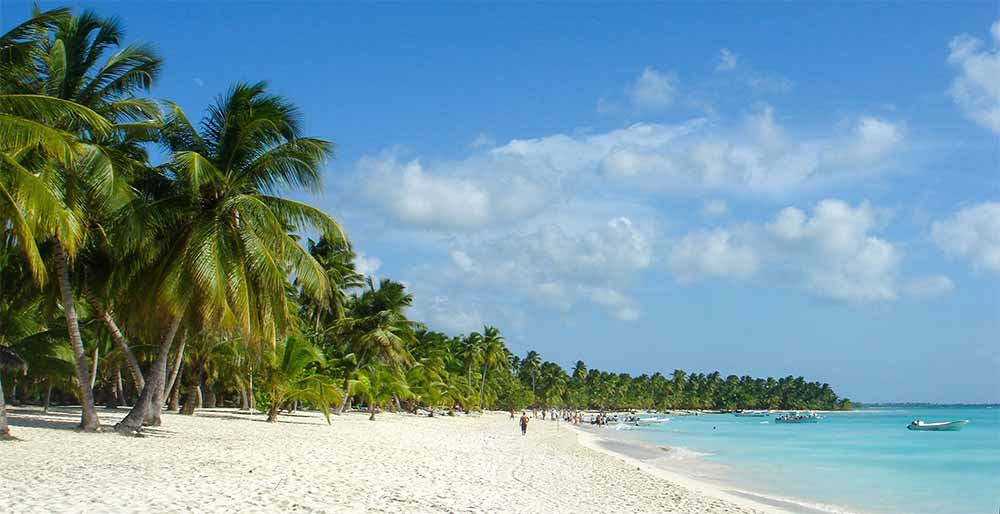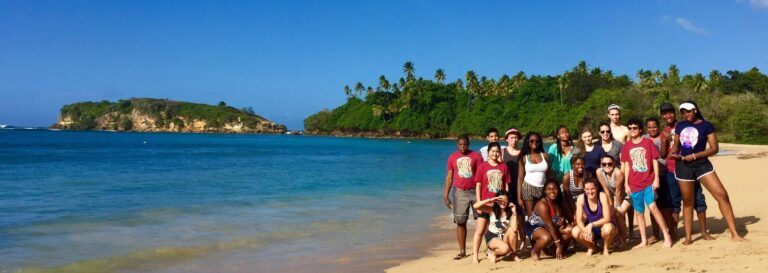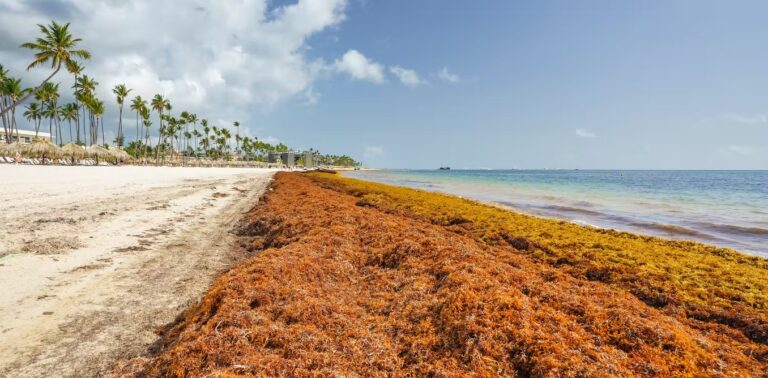The Dominican Republic, a breathtaking Caribbean paradise, is a sought-after destination for travelers seeking sun, sand, and adventure. With its stunning beaches, lush landscapes, and rich history, the country offers a wide array of experiences for every type of traveler. However, before embarking on your Dominican Republic adventure, it’s important to familiarize yourself with some essential tips and information. From understanding local customs to knowing the best time to visit, this guide will help you prepare for an unforgettable Dominican Republic vacation.
1. Language and Communication
While Spanish is the official language of the Dominican Republic, English is widely spoken in tourist areas. Nevertheless, learning a few basic Spanish phrases will help you navigate the country more easily and enhance your cultural experience. Local people appreciate it when visitors make an effort to speak their language, even if it’s just a simple “hola” (hello) or “gracias” (thank you).
2. Currency and Money Matters
The Dominican Peso (DOP) is the official currency of the Dominican Republic. It’s a good idea to have some local currency on hand for smaller purchases, as not all establishments accept credit cards. ATMs are widely available in urban areas, and most major credit cards are accepted at larger hotels, restaurants, and shops. Be sure to inform your bank of your travel plans to avoid potential issues with your card.
3. Weather and Best Time to Visit
The Dominican Republic enjoys a tropical climate with warm temperatures year-round. The peak tourist season runs from December to April, with the best weather and the highest prices. The hurricane season, from June to November, sees fewer tourists, lower prices, and a higher chance of rain. If you’re flexible with your travel dates, consider visiting during the shoulder season (April-May or November-early December) for a balance of good weather and affordable prices.
4. Entry Requirements and Visas
Travelers from most countries can enter the Dominican Republic with a valid passport and a tourist card, which can be purchased online or upon arrival at the airport. The tourist card is valid for 30 days and can be extended for an additional fee. Be sure to check the specific entry requirements for your nationality before your trip.
5. Transportation
The Dominican Republic offers a variety of transportation options for getting around the country. While renting a car provides the most flexibility, driving can be challenging due to local road conditions and traffic patterns. Alternatively, consider using taxis, ride-sharing services like Uber, or local buses (guaguas) for short distances. For longer trips, consider booking a seat on a comfortable and air-conditioned coach bus through companies like Caribe Tours or Expreso Bávaro.
6. Safety and Travel Insurance
While the Dominican Republic is generally safe for tourists, it’s essential to exercise caution and be aware of your surroundings. Avoid displaying valuable items or carrying large sums of cash, and be vigilant in crowded areas or at night. It’s also a good idea to purchase travel insurance before your trip to cover potential medical expenses or trip cancellations.
7. Health and Vaccinations
No specific vaccinations are required for travelers to the Dominican Republic, but it’s a good idea to be up-to-date on routine vaccinations like measles, mumps, rubella (MMR), and tetanus. Additionally, consider vaccinations for hepatitis A and typhoid, which can be contracted through contaminated food or water. Mosquito-borne illnesses like dengue fever and chikungunya are also present, so remember to pack insect repellent and wear protective clothing when necessary.
8. Local Customs and Etiquette
Dominicans are known for their warmth and hospitality, and respecting local customs will enhance your travel experience. When greeting someone, a handshake or a kiss on the cheek is customary, depending on the level of familiarity. Be mindful of local dress codes, especially in religious sites or rural areas, where more conservative attire is expected. Tipping is not mandatory, but it’s appreciated for good service, with 10% being the standard rate at restaurants.
9. Food and Drink
Dominican cuisine is a flavorful blend of indigenous, African, and European influences. Be sure to try local dishes like mofongo (mashed plantains with garlic and pork), sancocho (a hearty stew), and tostones (fried plantain slices). While tap water is not safe to drink, bottled water is widely available and often provided by hotels. When it comes to alcohol, the Dominican Republic is known for its rum and local beers like Presidente.
10. Cultural Experiences and Festivals
The Dominican Republic has a rich cultural heritage that can be explored through music, dance, and local festivals. Merengue and bachata are popular music and dance styles that originated in the country, and you can find lively performances at clubs and bars throughout your trip. If your visit coincides with a local festival, such as Carnival in February, be sure to participate in the festivities to fully immerse yourself in Dominican culture.
With its stunning landscapes, vibrant culture, and welcoming people, the Dominican Republic is a truly unforgettable destination. By familiarizing yourself with essential information and tips before your trip, you’ll be well-prepared to navigate the country, respect local customs, and make the most of your Dominican Republic adventure. So pack your bags, brush up on your Spanish, and get ready for the trip of a lifetime!






